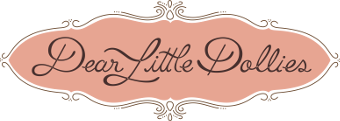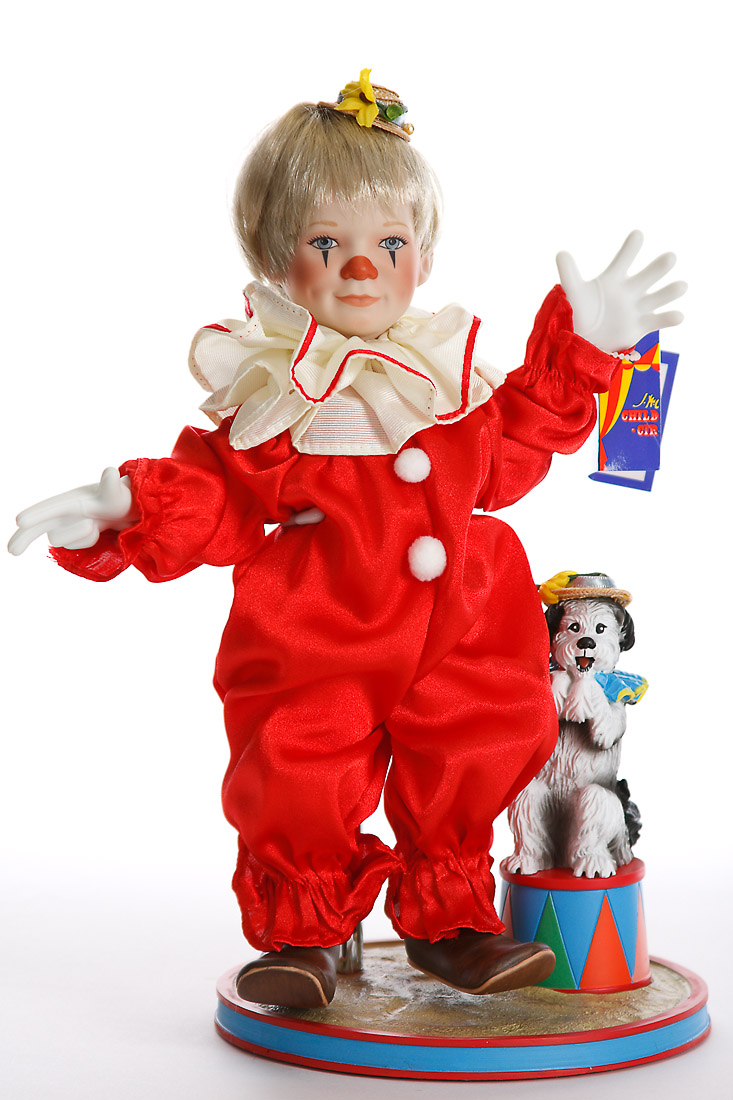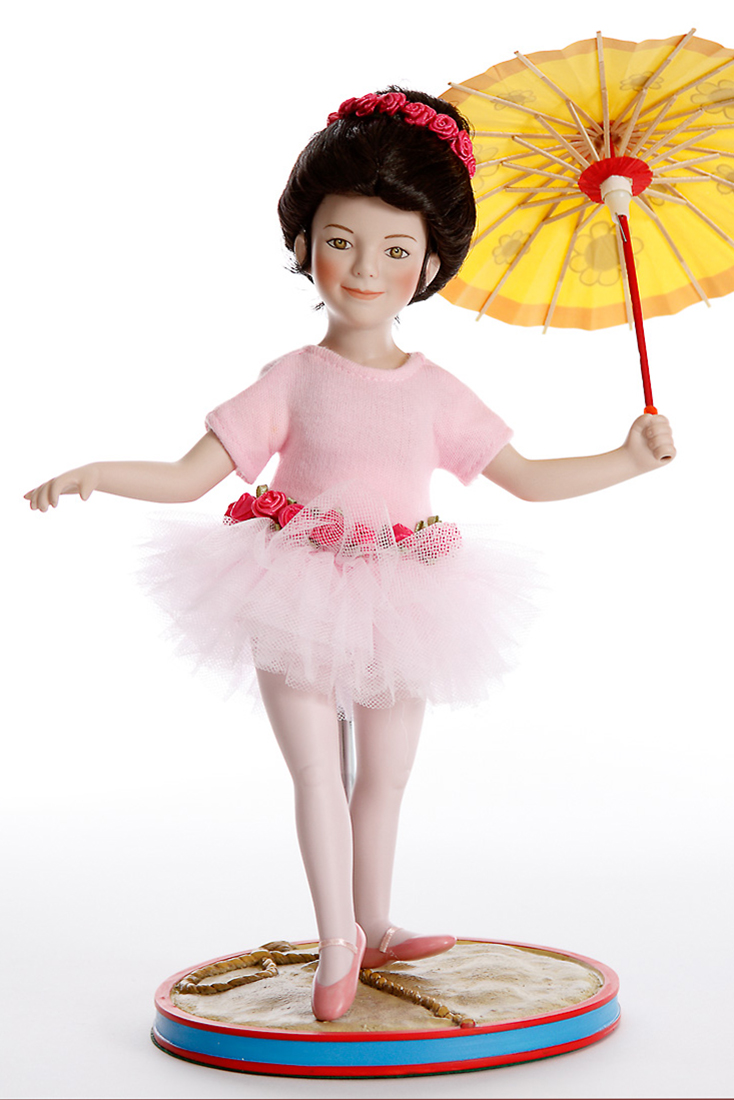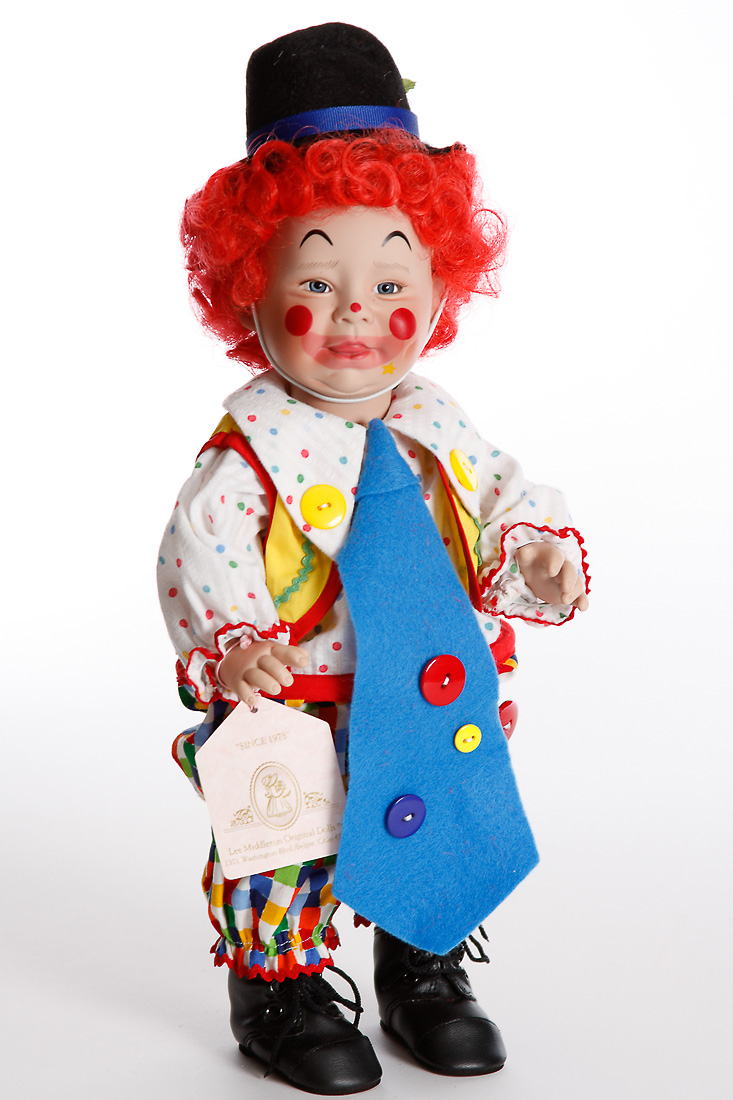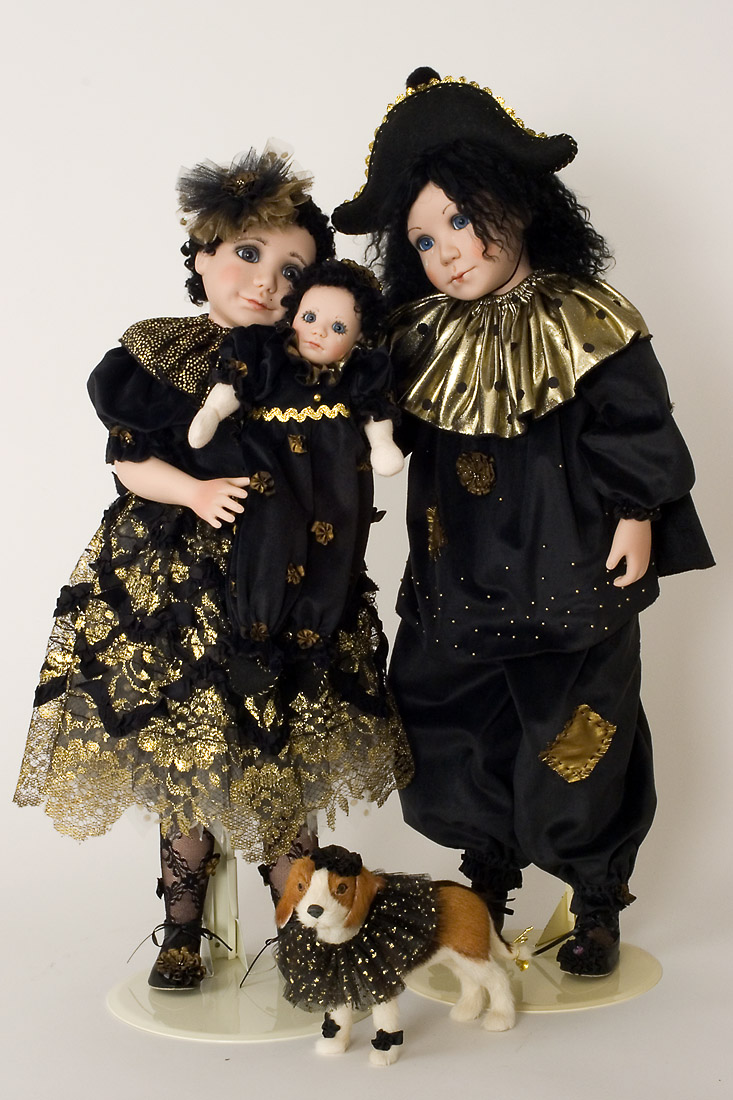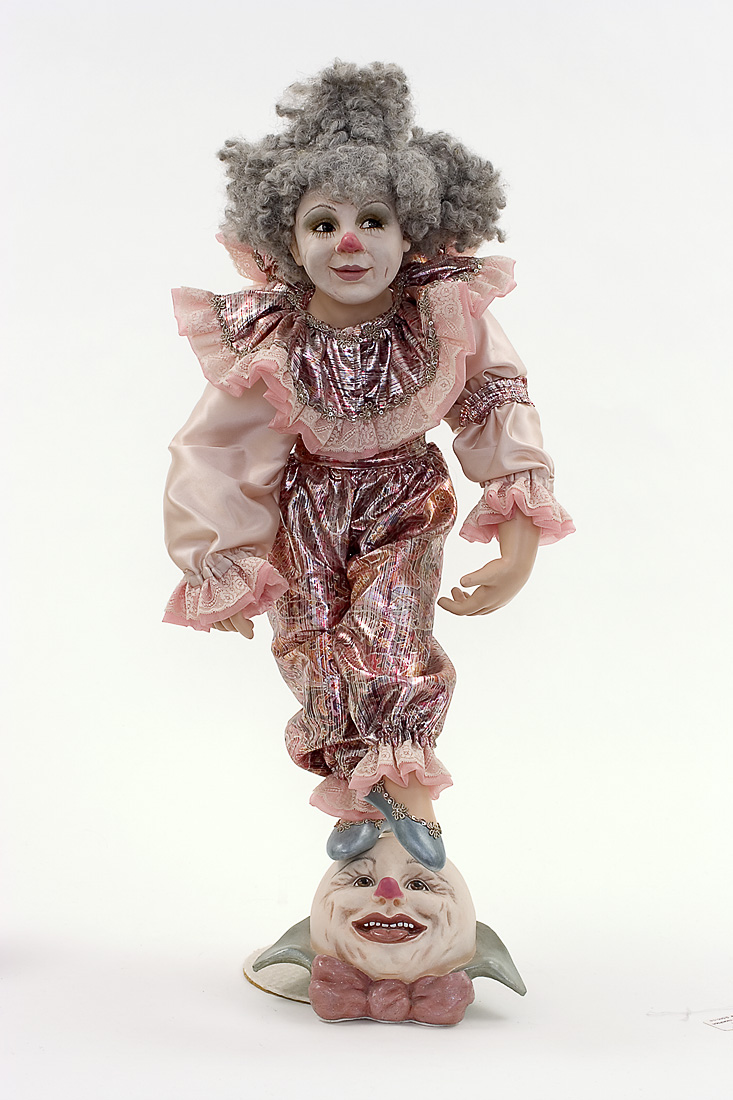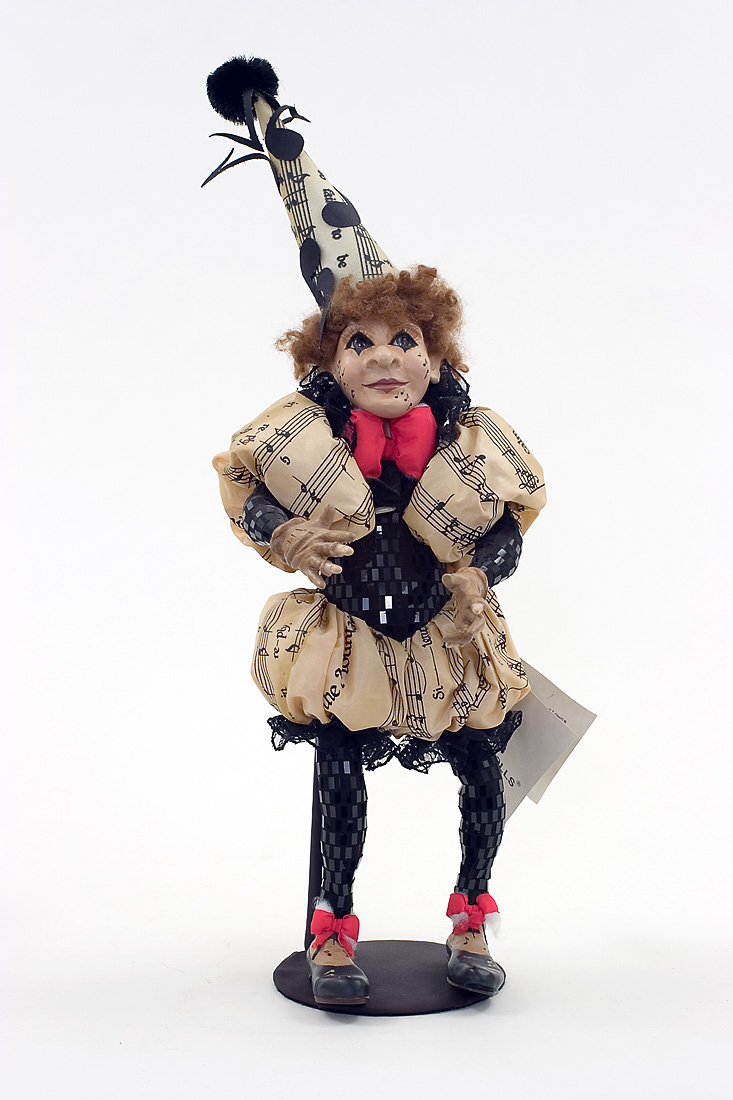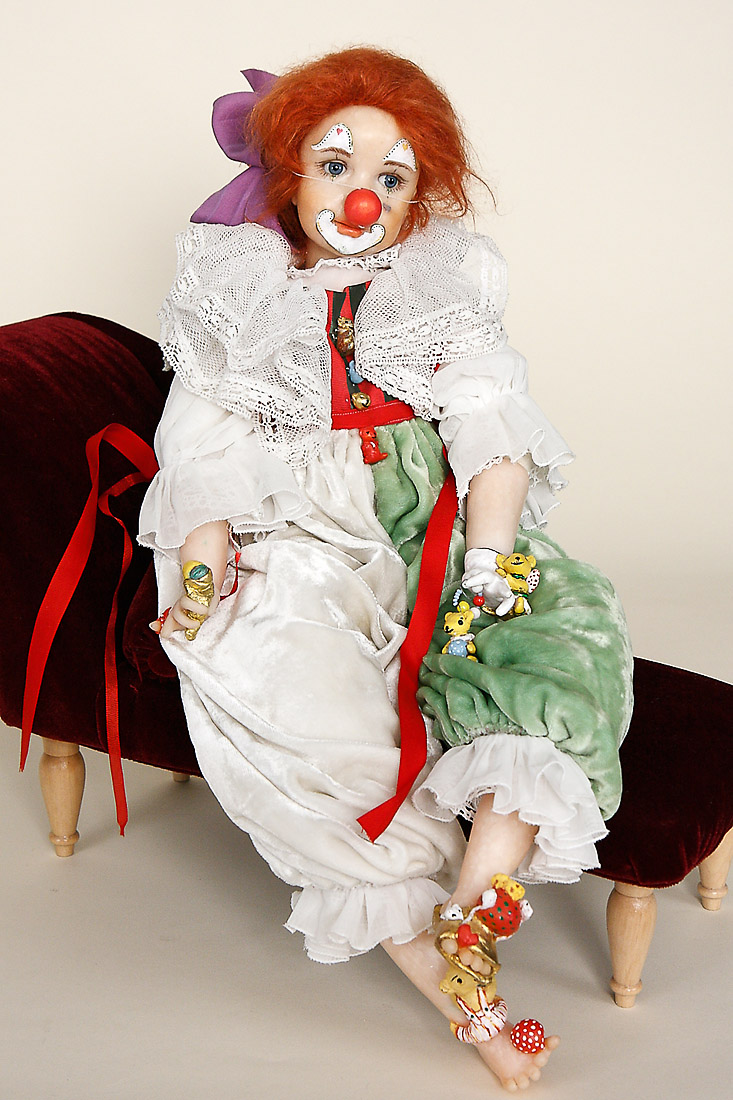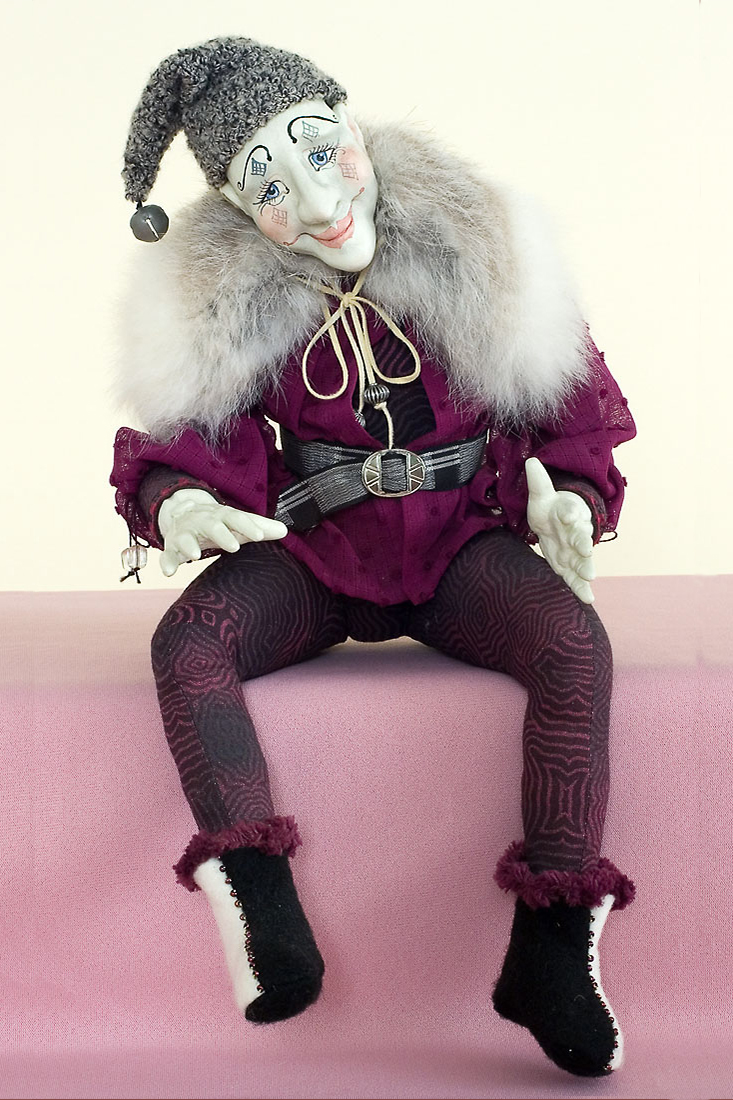Clown doll history and background
Summer portends entertainment and family oriented outdoor activity which is a relief after months of winter weather. Children desire the outdoors and lots of laughter — and they have the pent up energy for it. One of the quintessential forms of summer family entertainment is the circus, and of course, clowns. Clowns and Circuses have been growing smiles on children of all ages since at least the late 19th century, when doll artist Aug Poppe displayed his novel mechanical clown doll set at the Berlin Exhibition. This humble little clown spawned a demand for clown doll art that persists as its own genre and field of interest to this day. And doll makers have stepped into the ring with their specially cherished renditions of clowns and circus characters, creating everything from play items for little hands to exquisitely delicate and sensitive fine art pieces. In the double entendre of clowns and circuses, there is something for everyone!
John McClelland adds to clown doll legacy
Let’s have a glance at this comedic world of circuses and clowns through the work of some celebrated doll artists. Is there anyone who would not immediately recognize in Tommy the Clown, designed by acclaimed Georgia born child portraitist John McClelland and produced by Reco International under the hallmark of the Knowles China Company, the very idea of the circus clown, from oversized floppy shoes and white gloves to ironic undersized straw hat. Made of porcelain and cloth, Tommy is 12 inches of fun. Together with his sidekick – the funnier little clown with four legs sitting atop the drum – he elicits a smile before he begins his act. Tommy is an original issue in the McClelland Children’s Circus collection, the first porcelain doll based on the original artwork of this artist.
John McClelland studied art in Sarasota, Florida, home of the Ringling Brothers and Barnum & Bailey Circus. He would sketch the circus performers and the animals under the tutelage of the great portraitist Jerry Farnsworth. McClelland’s work is seen in magazines, collectors plates, and in these dolls, which belong to the legacy of specifically circus dolls dating back to the turn of the 20th century, when A. Schoenhut & Company designed a wooden Humpty Dumpty Circus collection. Two of the featured female dolls in this collection were the Lady Acrobat and the Lady Circus Rider. So McClelland did not stop with the design of Tommy. He also gave us Katie, a charming little Circus Tightrope Walker, and also the delightful Maggie, the Animal Trainer, both of whom perhaps aspire to be one of these two iconic female circus performers!
Nancy Wiley’s tribute to Alexander Calder
Circus Lady, by the truly exceptional doll artist Nancy Wiley, whose style is characteristically painterly, takes the depiction of circus characters in doll form to a truly fine art level for its poetic expressiveness and quality execution. In this 26 inch high paperclay and mixed media one-of-a-kind creation, the artist took inspiration from Alexander Calder, an early 20th century illustrator of the Ringling Bros and Barnum & Bailey Circus, and the creator of the famous three dimensional Cirque Calder, which he constructed of wire and varied other materials. In Circus Lady, Wiley depicts an abstracted one ring circus, complete with the ringmaster, clown, circus rider, dancing bear and elephant, and the acrobats – one of which symbolically hangs from the rod which the Circus Lady holds. The overarching circus figure is clearly the figure of the clown herself, within whom the many facets of “circus” life, i.e., the performance called life itself, with its precariousness, timing and comedic tension, are held in balance.
Circus clown dolls from comical, to traditional, to exquisite
Taking its place too in the tradition of clown dolls is the charming Bethie Buttons, this time a 14 inch all vinyl clown doll produced by renown doll maker Lee Middleton. Bethie, a child clown like Tommy, is a laugh before the act begins; but the ambiguity of this clown’s laughter, although lost on Bethie herself because of the innocence and inexperience of her tender age, is portrayed nonetheless in the hilariously baggy mismatched outfit, which is really a sign of inherent poverty, as well as in the juxtaposition of the boldly colored facial makeup and wardrobe, with the tiny fragile pale flower stuck at the back of the hat. The bravado of all the aggressive primary colors masks an underlying vulnerability which the pale little flower symbolizes, and this brings out a very special feature of clowns. Behind the laughter and apparent light-heartedness is a hidden tear, and that means that no matter how slapstick this sort of clown is — how bizarre, foolish or inept — a true clown has the courage of a lion. He, or she, will put on a happy face which will attempt, even heroically, to lift the audience up, even if the clown’s heart is sorrowful.
This brings us to one very special clown, the clown with the tear. Pierrot is the stock character of the Comedia dell’Arte and pantomime, who in modern times embodies the sad clown pining for the love of his Muse. A signature feature of this overtly melancholy clown is the single teardrop on his face. World class German doll artist, Hildegard Gunzel, poignantly captures the defining naivete of Pierrot in this very limited edition of 10 worldwide, wax over porcelain art doll set, Pierrot himself, his beloved Muse, and Coco the dog. Pierrot’s unmasked white face with teardrop spilling from his haunting blue blown glass eyes, and his iconic loose white blouse, make him the unmistakably passionate clown. Hildegard’s emotionally delicate sculpts capture the tragi-comedy of the Pierrot’s soul and all the vulnerability of his heart, as well as the unconscious beauty of the Muse, his amore. It is not difficult to see why the gentle Pierrot pines so heartily for his Muse, with her expressive blue blown glass eyes and gently wisping human hair wig, as well as her dramatic cashmere cape with antique embroidery and lace. Their little poodle, Coco, stands ready to perform tricks with the hoop for an eager audience, and for the dear Pierrot, who welcomes the happy distraction of his little friend. Pierrot stands over 40 inches tall in this imposing doll set, and is dressed in pearl embroidered silk clothing, leather shoes and has a mohair wig. Coco has mohair fur and porcelain face and legs. This museum quality set is as choice as it is rare.
Some other of the finest clowns in doll art, variations on the themes, by very acclaimed doll artists, include Winter Clowns by Julia Rueger, who typically incorporates brightly colored print fabrics in her doll art, but here has chosen to dress her clowns in somber black and gold, and to name them “Winter”, the season of bitter winds and cold blasts, with promises of blooms on the horizon.
The prolific Pat Thompson likewise typically incorporated an abundance of fabrics and textures in the costuming of her characteristic direct sculpt and limited edition art dolls. Mr. Notes is the first in her series of clowns sculpted for her company Vlasta dolls. This piece is a limited edition of 250, and stands 18 inches tall without the hat, and just under 25 inches tall from the base of the stand to the pom-pom at the top of his hat.
Mr. Notes is named, of course, for his costume of Musical Notes printed on Moire and painted on his shoes, face and hands. He is a nutty, note-y, natural clown doll with a generous nose, a gentle smile behind the lipstick, and a genuine heart which brings a tune to his expressive eyes. He has inset eyelashes, a wooly wig and shiny black patterned leg, arm and bodice fabric which is made in France. The artist has created this posable piece with the medium of cultured glass, which she herself developed using pulverized glass and resin slurry, in order to be able to render more detailed features, especially to the facial countenance of this clown. Each clown is a unique personality, a circus of tragicomedy, a balancing act, and a metaphor for human existence, in its futility and in its promise. The clown is a living riddle, the resolution of which must for now remain inchoate . . . but there is a hint of a smile in it!
